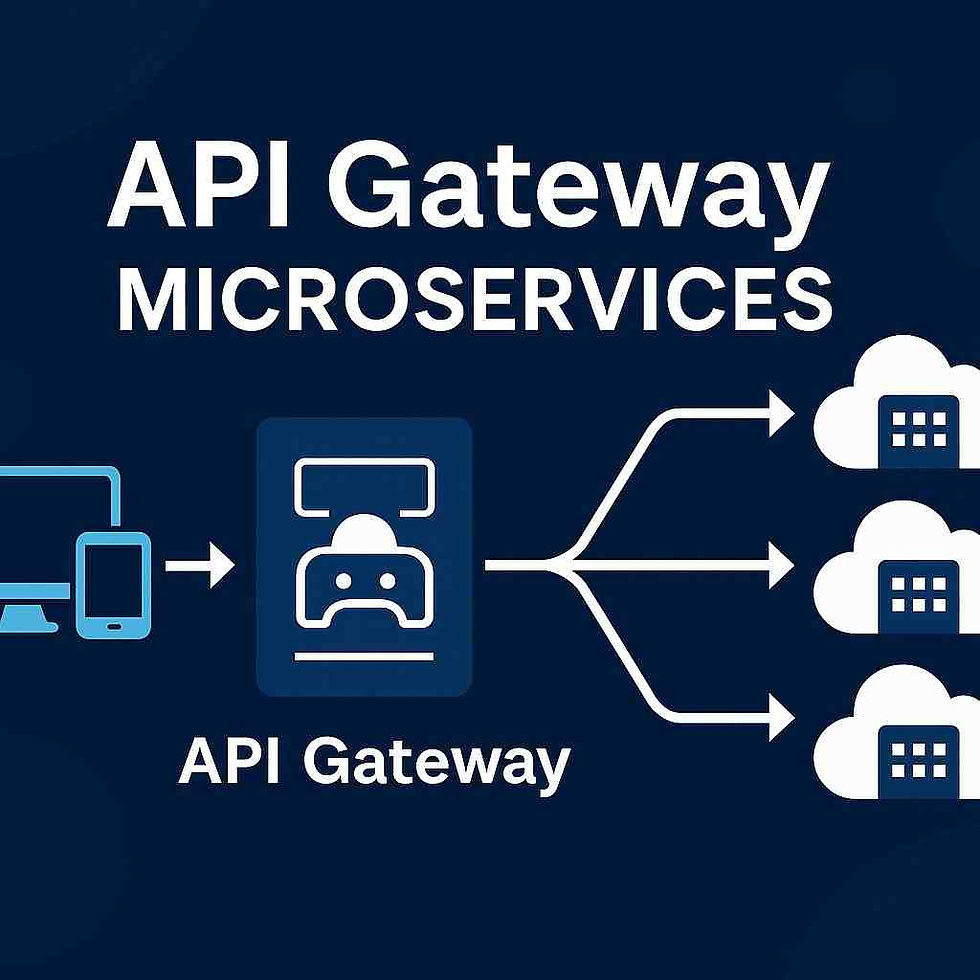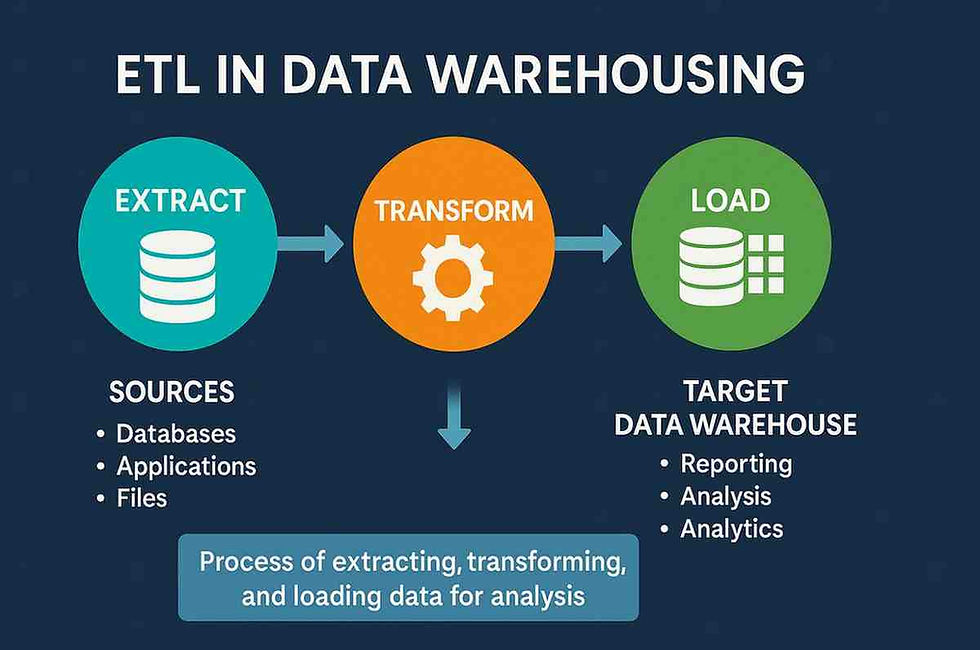Traceability Meaning: Guide to Definition & Types 2025
- Gunashree RS
- Jul 26
- 7 min read
Understanding traceability meaning has become essential in today's interconnected business environment, where accountability, quality assurance, and regulatory compliance drive operational excellence. Traceability represents the capacity to track a particular part, product, or component throughout its development process to its final application or destination, forming the backbone of modern quality management systems across industries worldwide.

Understanding Traceability Meaning: Core Definition and Concepts
Q: What does traceability mean in simple terms?
Traceability is the capability to trace something, interpreted as the ability to verify the history, location, or application of an item by means of documented recorded identification. This fundamental concept enables organizations to maintain comprehensive records of products, processes, and materials throughout their entire lifecycle.
Essential Components of Traceability:
Historical Documentation: Complete records of past activities and changes
Location Tracking: Current and previous positions in the supply chain
Application Verification: Confirmation of proper use and implementation
Identification Systems: Unique markers linking items to their documentation
Statistical Impact: Research indicates that organizations implementing comprehensive traceability systems experience up to 35% reduction in quality-related incidents and 40% faster resolution times for product issues, demonstrating the tangible value of understanding traceability meaning.
Types of Traceability: Understanding Different Applications
Forward and Backward Traceability
Q: What are the main directions of traceability tracking?
Traceability operates in two primary directions, each serving distinct purposes:
Forward Traceability:
Tracks items from origin to final destination
Monitors distribution channels and end-user applications
Enables proactive quality management
Supports product recall procedures
Backward Traceability:
Traces items from the current location back to the source
Identifies root causes of quality issues
Facilitates supplier auditing and verification
Enables investigation of compliance violations
Internal vs. External Traceability
Q: How does the traceability scope affect implementation strategies?
Internal traceability refers to monitoring the movement of parts/products within a limited specific area in a whole supply chain, such as a single company or plant, while external traceability extends across multiple organizations and supply chain partners.
Internal Traceability Characteristics:
Controlled environment with standardized processes
Direct access to all tracking data and systems
Simplified integration and data management
Immediate visibility into operational metrics
External Traceability Requirements:
Multi-party data sharing agreements
Standardized communication protocols
Third-party verification mechanisms
Cross-organizational quality standards
Industry-Specific Applications of Traceability Meaning
Manufacturing and Production Traceability
Q: How does traceability apply in manufacturing contexts?
Traceability is the procedure of tracking (and documenting) all your raw materials, parts, and finished goods throughout your manufacturing process, enabling manufacturers to maintain quality control and regulatory compliance.
Manufacturing Traceability Benefits:
Quality Assurance: Real-time monitoring of production parameters
Defect Prevention: Early identification of potential issues
Regulatory Compliance: Documentation for industry standards
Cost Reduction: Minimized waste and rework expenses
Customer Confidence: Verified product authenticity and quality
Implementation Statistics: Manufacturing companies report average productivity improvements of 25-30% after implementing comprehensive traceability systems, with quality-related costs decreasing by up to 45%.
Supply Chain and Logistics Traceability
Q: What role does traceability play in modern supply chains?
Supply chain traceability focuses on tracking products and materials across multiple stakeholders, creating end-to-end visibility from raw material sourcing to final delivery.
Supply Chain Traceability Components:
Supplier Verification: Authentication of source materials and components
Transportation Monitoring: Real-time location and condition tracking
Inventory Management: Accurate stock levels and movement records
Customer Delivery: Final destination confirmation and receipt verification
Key Performance Metrics:
Metric Category | Improvement Range | Business Impact |
Delivery Accuracy | 15-25% increase | Enhanced customer satisfaction |
Inventory Turnover | 20-35% improvement | Reduced carrying costs |
Issue Resolution | 50-70% faster | Minimized operational disruption |
Compliance Reporting | 60-80% time savings | Reduced regulatory risk |
Software Development Traceability
Q: How does traceability apply to software development?
Traceability in software engineering is the ability to trace work items across the development lifecycle, used to keep track of what's going on in the development process from requirements through deployment and maintenance.
Software Traceability Dimensions:
Requirements Traceability: Linking user needs to design specifications
Code Traceability: Connecting source code to functional requirements
Test Traceability: Mapping test cases to specific features and functions
Change Traceability: Documenting modification history and impact
Modern Traceability Technologies and Implementation
Digital Transformation in Traceability
Q: What technologies are revolutionizing traceability implementation?
Industries like food, chemicals, and textiles benefit from process-level traceability, focusing on the steps involved in a product's journey, including sourcing, manufacturing, and transportation, with advanced technologies enabling unprecedented visibility and control.
Emerging Traceability Technologies:
Blockchain Systems: Immutable record-keeping across supply chains
IoT Sensors: Real-time data collection and monitoring
AI Analytics: Predictive insights and pattern recognition
RFID/NFC Tags: Automated identification and tracking
QR Codes: Consumer-accessible product information
Implementation Best Practices
Q: What are the key success factors for traceability implementation?
Successful traceability systems require strategic planning and systematic execution:
Implementation Phases:
Assessment: Current state analysis and gap identification
Design: System architecture and process definition
Integration: Technology deployment and data connectivity
Training: User education and capability development
Validation: Testing and performance verification
Optimization: Continuous improvement and refinement
Critical Success Factors:
Executive leadership commitment and resource allocation
Cross-functional team collaboration and communication
Standardized data formats and exchange protocols
Robust change management and user adoption strategies
Regular performance monitoring and system updates
Regulatory Compliance and Traceability Requirements
Industry-Specific Regulations
Q: Which industries have mandatory traceability requirements?
Multiple industries face strict regulatory requirements for traceability implementation:
Regulated Industries:
Food and Beverage: FDA Food Safety Modernization Act compliance
Pharmaceuticals: GMP and serialization requirements
Automotive: ISO/TS 16949 and safety recall procedures
Aerospace: AS9100 quality management standards
Medical Devices: FDA 21 CFR Part 820 traceability requirements
Compliance Benefits: Organizations maintaining robust traceability systems report 60% fewer regulatory violations and 50% faster compliance audit processes compared to those with limited tracking capabilities.
Measurement and Calibration Traceability
Q: What is measurement traceability, and why does it matter?
Measurement traceability involves the ability to trace the history of measurements back to national or international standards, ensuring accuracy and consistency in measurements across different laboratories and organizations.
Measurement Traceability Elements:
Calibration certificates and documentation
Uncertainty calculations and error analysis
Reference standard maintenance and verification
Laboratory accreditation and quality systems
Return on Investment and Business Value
Quantifiable Benefits of Traceability
Q: What financial returns can organizations expect from traceability investments?
Organizations implementing comprehensive traceability systems typically realize substantial returns:
Financial Impact Areas:
Risk Mitigation: Reduced liability exposure and insurance costs
Operational Efficiency: Streamlined processes and reduced waste
Market Access: Compliance enabling entry to regulated markets
Brand Protection: Enhanced reputation and customer trust
Cost Avoidance: Prevention of recalls and quality failures
ROI Statistics:
Average payback period: 18-24 months
Typical ROI range: 200-400% over five years
Quality cost reduction: 25-45% annually
Customer satisfaction improvement: 20-35%
Conclusion
Understanding traceability meaning extends far beyond simple tracking—it represents a comprehensive approach to quality management, risk mitigation, and operational excellence. From manufacturing floors to software development teams, from food processing plants to pharmaceutical laboratories, traceability enables organizations to maintain accountability, ensure compliance, and build customer trust. As technology continues advancing and regulatory requirements become more stringent, mastery of traceability principles becomes increasingly critical for sustainable business success.
Key Takeaways
• Traceability meaning encompasses the ability to track and verify items throughout their entire lifecycle using documented identification
• Forward traceability tracks from origin to destination, while backward traceability investigates from the current state to the source
• Internal traceability operates within a single organization, while external traceability spans multiple supply chain partners
• Manufacturing traceability typically improves productivity by 25-30% and reduces quality costs by up to 45%
• Software development traceability links requirements through code to testing and deployment phases
• Modern technologies like blockchain, IoT, and AI are revolutionizing traceability capabilities and accuracy
• Regulated industries, including food, pharmaceuticals, and aerospace, have mandatory traceability requirements
• Organizations implementing comprehensive traceability systems typically achieve 200-400% ROI over five years
Frequently Asked Questions
Q: What's the difference between tracking and traceability?
A: Tracking focuses on current location and status, while traceability provides comprehensive historical records, verification capabilities, and the ability to trace both forward and backward through the entire lifecycle.
Q: How long should traceability records be maintained?
A: Retention periods vary by industry and regulation, typically ranging from 2-7 years for manufacturing, up to 30 years for medical devices, and permanently for some pharmaceutical products.
Q: Can small businesses implement effective traceability systems?
A: Yes, scalable solutions exist for organizations of all sizes. Small businesses can start with basic tracking systems and gradually enhance capabilities as they grow and regulatory requirements increase.
Q: What's the relationship between traceability and quality management?
A: Traceability serves as a fundamental enabler of quality management by providing the documentation, verification, and investigation capabilities necessary for continuous improvement and compliance.
Q: How does blockchain technology improve traceability?
A: Blockchain provides immutable, transparent records that prevent tampering while enabling secure information sharing across multiple parties in supply chains and business networks.
Q: What are the main challenges in implementing traceability systems?
A: Common challenges include data integration complexity, user adoption resistance, technology costs, supplier cooperation, and maintaining accuracy across multiple systems and processes.
Q: How does traceability support sustainability initiatives?
A: Traceability enables organizations to verify sustainable sourcing, monitor environmental impact, track carbon footprints, and provide transparency to consumers about product origins and production methods.
Q: What role does traceability play in product recalls?
A: Traceability systems enable rapid identification of affected products, precise recall scope definition, efficient customer notification, and thorough investigation of root causes to prevent future issues.
Sources
"What is traceability in business? (With types and benefits)" - Indeed Career Advice June 2024
"What is Traceability? Traceability Solutions" - KEYENCE America Industrial Documentation 2024
"How Traceability Solutions are Reshaping Industries in 2024" - Acviss Technology Blog 2024
"What is Traceability? Why is It Important?" - Metalphoto of Cincinnati February 2025
"Traceability" - Wikipedia Encyclopedia June 2025
"Product Traceability in Manufacturing: Benefits of Implementation" - Katana MRP July 2024
"Understanding Traceability in Production: Why It Matters" - Forcam-Enisco January 2025
"What Is Traceability?" - Perforce Software Development Documentation 2024




INDOVIP138
indovip138
indovip138
indovip138
indovip138
indovip138
indovip138
indovip138
indovip138
indovip138
indovip138
indovip138
indovip138
indovip138
indovip138
indovip138
indovip138
indovip138
indovip138
indovip138
indovip138
indovip138
indovip138
indovip138
indovip138
indovip138
indovip138
indovip138
indovip138
indovip138
indovip138
indovip138
indovip138
indovip138
indovip138
indovip138
indovip138
indovip138
indovip138
indovip138
indovip138
indovip138
indovip138
indovip138
indovip138
Many universities expect students to deliver flawless final research, but not everyone has the time or skills to achieve that. This is where a professional thesis writing service comes in. With the right thesis help, students can overcome challenges in research design, analysis, and presentation. Skilled thesis writers make sure that the content is original and well-researched. A custom thesis writing service is particularly useful for those who want a paper that reflects their specific academic path and voice.
Link INDOVIP138
indovip138
indovip138
indovip138
indovip138
indovip138
indovip138
indovip138
indovip138
indovip138
indovip138
indovip138
indovip138
indovip138
indovip138
indovip138
indovip138
indovip138
indovip138
indovip138
indovip138
indovip138
indovip138
indovip138
indovip138
indovip138
indovip138
indovip138
indovip138
indovip138
indovip138
indovip138
indovip138
Explore an incredible selection of premium slot games at Q7 Casino, featuring everything from timeless classics to innovative video slots with breathtaking graphics and captivating sound effects. Our progressive jackpots climb higher Q7 Casino online every moment, offering extraordinary opportunities for fortunate players to win amounts that could change everything. Spin today and watch winning combinations create the fortune you've always dreamed of achieving.
PAUTOTO
PAUTOTO
PAUTOTO
PAUTOTO
PAUTOTO
SUPTOGEL
SUPTOGEL
SUPTOGEL
SUPTOGEL
SUPTOGEL
BANTOGEL
BANTOGEL
BANTOGEL
BANTOGEL
BANTOGEL
GUATOGEL
GUATOGEL
GUATOGEL
GUATOGEL
GUATOGEL
LAMTOTO
LAMTOTO
LAMTOTO
LAMTOTO
LAMTOTO
LPG888
RAPTOTO
SlotGacorGuide
SlotGacorGuide